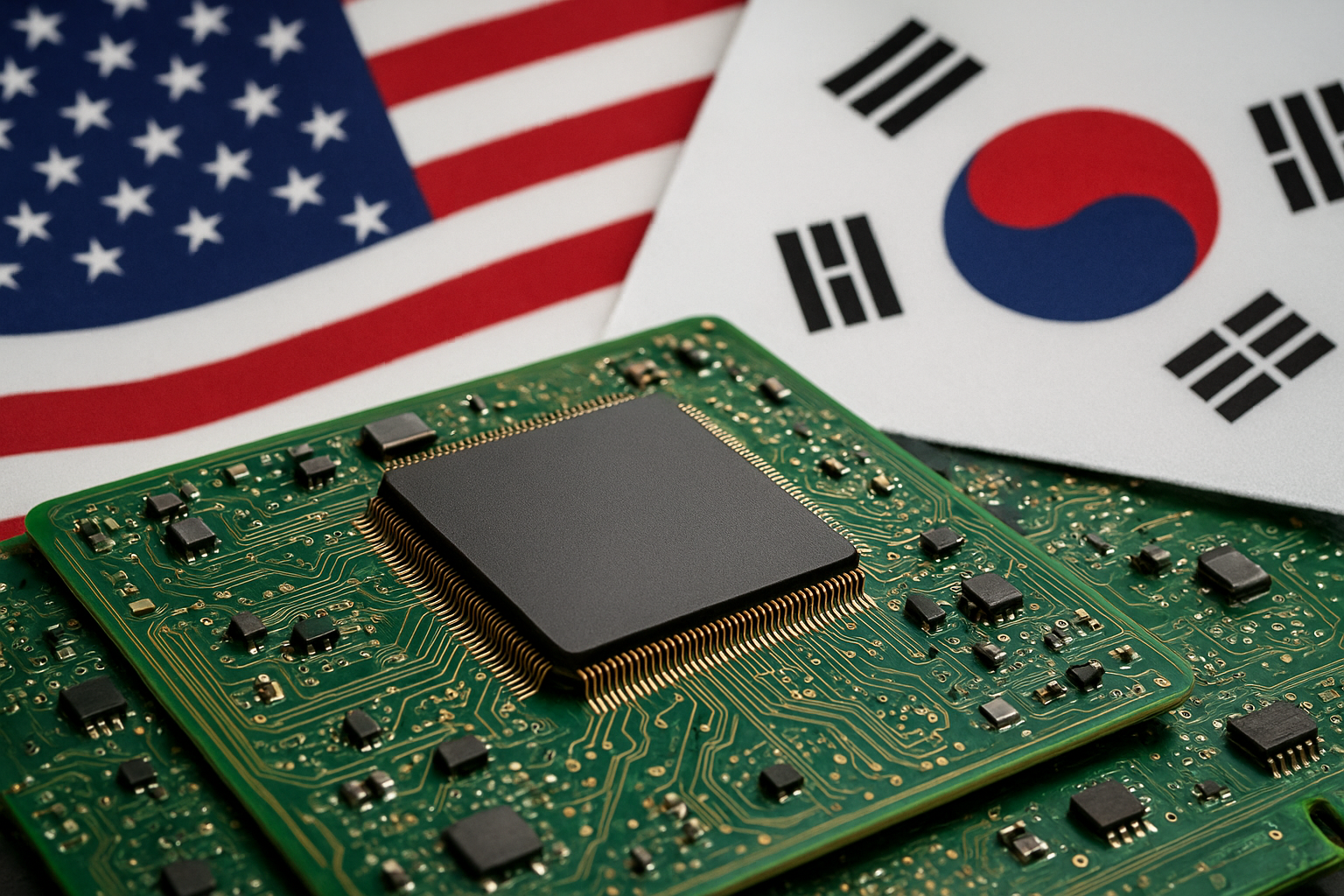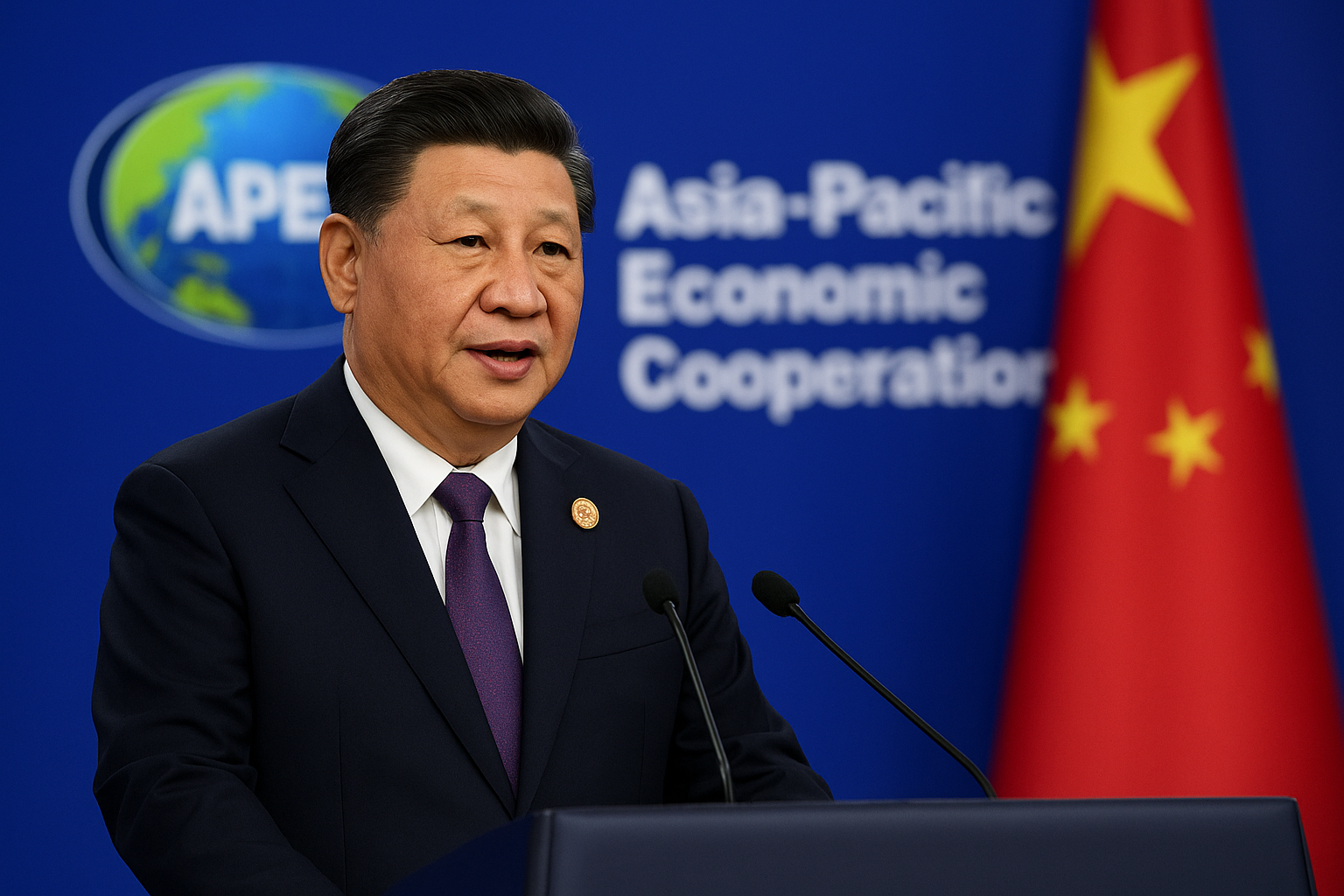Markets are holding their breath. Nvidia—now a $4 trillion titan and the undisputed face of the AI revolution—steps up this week to deliver quarterly earnings that could determine the next chapter of the most powerful trade of the decade. With Wall Street valuations stretched and momentum feverish, investors are asking: is the AI rally entering its next leg higher, or about to face a sobering reality check?
Why Nvidia’s Report Matters Now
Over the past 18 months, artificial intelligence has transformed from a futuristic concept into the central driver of market performance. Nvidia, which dominates the GPU market essential for training large-scale AI models, has seen its valuation skyrocket to $4 trillion—placing it among the most valuable companies in history.
The company’s meteoric rise has fueled a broader surge across AI-related equities, lifting the S&P 500’s technology sector more than 30% in 2025 alone. According to data from Refinitiv, valuations in the sector now trade 40% above their long-term historical averages, raising eyebrows among market veterans who remember the dot-com era.
Reuters notes that investors are treating Nvidia’s earnings as a market barometer—a report card on whether the AI trade still has fundamental legs or if speculative excess is setting in. Futures markets reflected the tension on Tuesday, trading flat despite broader optimism in bonds and commodities.
Beyond the Hype: Signals Investors Are Watching
Revenue Growth and Demand Trends
Analysts expect Nvidia’s data center revenue—driven by hyperscalers like Microsoft, Amazon, and Google—to remain the growth engine. Bloomberg reports that Wall Street consensus pegs revenue growth at +85% year-over-year, but any sign of deceleration could spark a revaluation across the sector.
Forward Guidance as a Market Signal
In this environment, guidance may matter more than reported results. With AI infrastructure investments expected to hit $200 billion annually by 2027 (McKinsey), investors want clarity on whether hyperscalers and enterprise buyers are sustaining demand beyond pilot projects.
Competitive Pressures
While Nvidia dominates the GPU market, competition is intensifying. AMD, Intel, and custom chips from major cloud providers are starting to chip away at market share. Any commentary from Nvidia on competitive dynamics could ripple through semiconductor valuations.
Why This Matters for Investors
The stakes extend well beyond Nvidia’s own stock. AI-linked ETFs, cloud service providers, semiconductor peers, and even emerging markets tied to chip supply chains are all trading in lockstep with Nvidia’s performance. A blowout earnings beat could reignite the rally, pulling the S&P 500 and Nasdaq to fresh highs. Conversely, even a modest miss or cautious outlook could catalyze a sector-wide pullback, as stretched valuations leave little margin for disappointment.
Bank of America strategists warn that retail investors, who have poured billions into AI-linked funds, could face “volatility whiplash” if Nvidia underdelivers. At the same time, long-term institutional investors may see dips as opportunities to build positions in high-conviction names across the semiconductor and AI infrastructure value chain.
Future Trends to Watch
- AI Infrastructure Buildout: Watch capital expenditure from big tech—Alphabet, Amazon, and Microsoft have all announced tens of billions in spending on AI infrastructure this year.
- Regulation & Policy: Governments in the U.S. and Europe are signaling new AI oversight. Any legislation could reshape industry profitability.
- Global Supply Chains: Taiwan and South Korea remain critical nodes in advanced chip manufacturing. Political or supply disruptions could alter Nvidia’s ability to scale.
- Sector Rotation Risks: With valuations stretched, a macro-driven rotation into energy, financials, or metals could challenge AI’s dominance in investor portfolios.
Key Investment Insight
For investors, Nvidia’s earnings this week represent more than just one company’s performance—it’s a referendum on the AI trade itself. A strong beat and bullish guidance could extend the sector’s leadership into 2026, but caution is warranted given elevated valuations. Investors should position with balance: consider exposure to AI infrastructure beneficiaries while maintaining hedges against volatility.
Markets will be quick to react, and clarity may only last until the next earnings cycle. Whether AI remains the dominant trade or faces a sharp reset will hinge on Nvidia’s ability to prove that demand is not just hype, but a durable, monetizable trend.
Stay tuned with MoneyNews.Today for real-time updates and deeper analysis on Nvidia’s results and the broader AI trade—your trusted source for investor insights.





